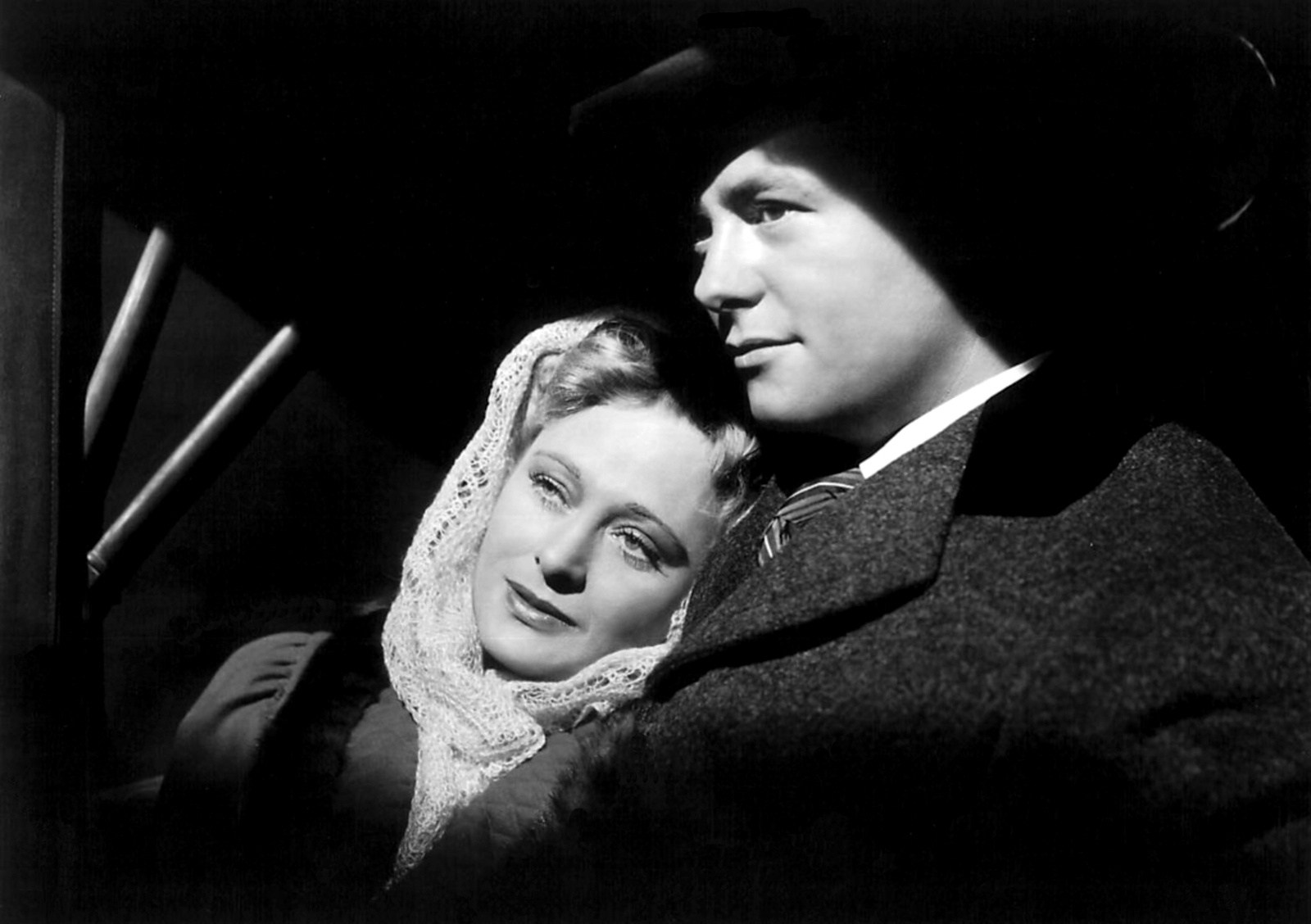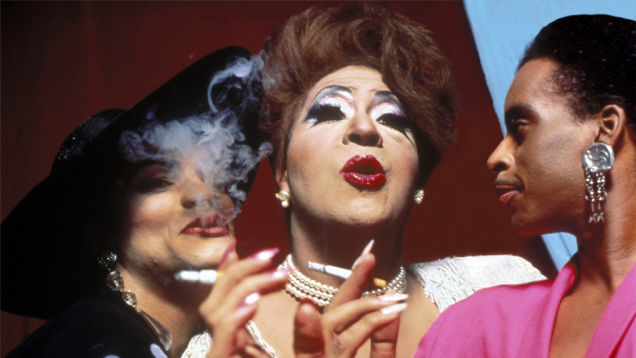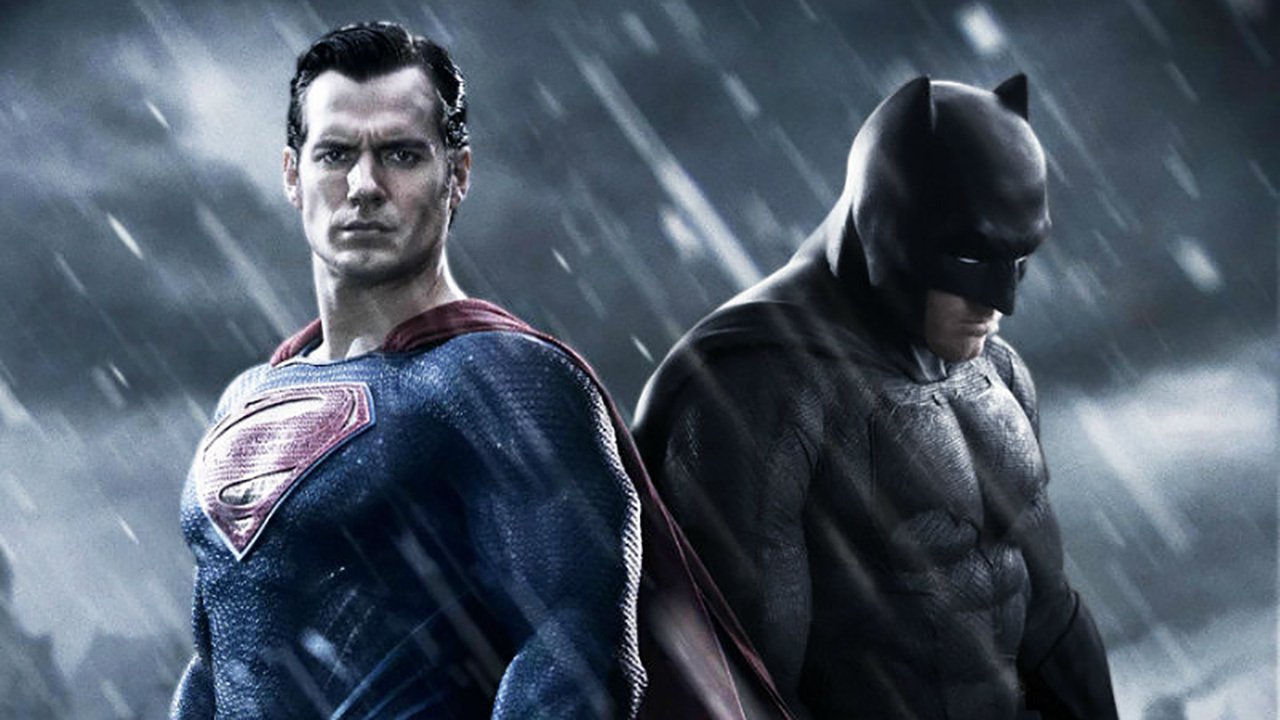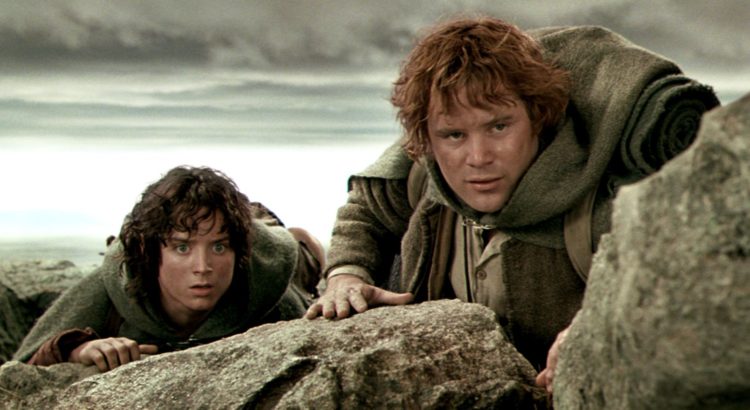6. The Magnificent Ambersons (Orson Welles, 1942)

The Magnificent Ambersons is the most famous case of studio interference in cinematic history. Orson Welles had finished cutting the film at 135 minutes, but studio interference took 40 minutes off the running time. He couldn’t stop this version from being made as he was out in South American filming a propaganda documentary for the war effort. These excised negatives were later destroyed, making The Magnificent Ambersons the greatest film that was never made.
It would foreshadow much of Orsen Welles’ later career, constantly fighting with studios who wouldn’t allow him to have full control over his work. As a result this probably makes The Magnificent Amberson’s inclusion on this list the most self-evident. While the film that remains, telling the story of the declining fortunes of the Amberson family, shows Welles’ talent to be truly immense, one can’t help but wonder what epic masterpiece it could’ve really been.
7. Paris is Burning (Jennie Livingston, 1990)

A cult classic documentary showcasing the underground voguing scene in New York City and the black and latino transgender and gay youths who populate it, Paris is Burning gave voice to an underrepresented segment of society as well as capturing a certain pre-Giuliani New York in time.
Not merely a film about dancing or posing on runways, it uses its theme to explore gender, race, class and sexuality in America, making it one of the most significant American documentaries ever made. It’s only artistic failure? Its too short.
With such an amazing subject and brilliant queens in front of the camera, Paris Is Burning could easily have been twice as long and held my attention throughout; at 78 minutes it just makes me want to see more.
Thankfully fans of Paris Is Burning can see voguing’s influence live on in TV shows such as Pose — made with a mostly transgender cast — and Ru Paul’s Drag Race. Additionally much of the slang first introduced by the film has entered the popular American lexicon, especially on the internet.
8. Killer’s Kiss (Stanley Kubrick, 1955)

Killer’s Kiss is a little slip of a film that finishes just as its getting started. Only Stanley Kubrick’s second film (after the disastrous Fear and Desire) it already established him as a major voice in cinema. Telling the story of a welterweight boxer and his relationship with his neighbor, it was made, like Detour, on a minuscule budget. Directing at only the age of 23, Kubrick borrowed $40,000 from his uncle to finance the film.
The result is only 67 minutes long, making it more like a proof of talent than a genuine masterpiece in its own right. If he had the money to make something a little longer, then perhaps he could’ve really fleshed out his characters, giving them true motivation behind their actions. Thankfully for Kubrick, it was the jumpstart he needed, considered his next film was the bonafide masterwork The Killing.
9. Batman v Superman: Dawn of Justice (Zack Snyder, 2016)

When Batman v Superman was initially announced, it promised potentially the biggest superhero match up of all time. But the film has its work cut out right from the very start. Not only does it have to introduce Batman and establish his character motivation — much of it through the same tropes as in his last incarnation — but also introduce Aquaman and Wonder Woman, thus setting up a future Justice League movie. As a result, the 150 minute film tries to do way too much in too little time.
If the film was allowed to be even longer, it would’ve easily been a bigger success. After all, with the next Avengers set to be over 3 hours long, people will sit a remarkably long time in the cinema for a superhero movie. Reviews of the extended cut, which featured 31 minutes of additional footage, were much more favourable, with many saying that it made the film actually coherent and possible to follow.
Yet even then, perhaps making it even longer, or splitting it into two movies (like Avengers 3 eventually did) would have given the story some real weight. Hopefully these lessons, along with the favourable responses to spin-off DCEU movies, will help the franchise in the future to be even bolder.
10. The Lord of the Rings Trilogy (Peter Jackson, 2001-03)

With an extended edition running up to a whopping combined 11.4 hours (without credits), it would be easy to argue that The Lord of the Rings is already long enough. Yet there’s so much from the book that didn’t make it into the final films. There’s the innumerable jaunty songs. The time spent on the Barrow Downs or Old Forest. Tom Bombadil. Whole events from the books are completely excised in order to help move the plot along.
The Scouring of The Shire, for example, is completely disregarded, Saruman’s downfall re-imagined as taking place in Isengard instead. While it made sense to streamline the narrative somewhat to not exhaust casual Lord of the Rings viewers, for completists such as myself, who could probably spend another ten hours in Middle Earth, it would be amazing to see everything mapped out.
Jackson probably understood and regretted some of these excisions, which is why he inflated The Hobbit to a ridiculous length of three films with details from Lord of the Rings, a classic example of making something much longer than it needs to be. Let’s hope the Amazon TV series really covers everything.